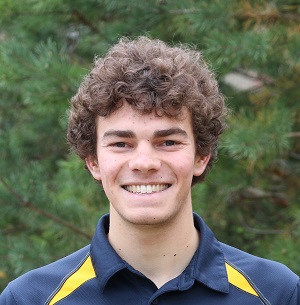Work Experience
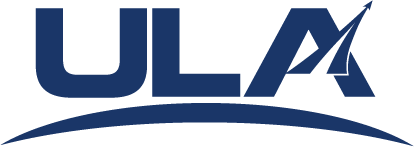
Rocket Engineer - Current Job
I work in the Control Dynamics group which is primarily responsible for development of the rocket’s attitude control systems. For each mission, we tune the coast and powered autopilots to ensure adaquate stability margins and good controller performance. We are also responsible for development of the mission unique flight sequence, collaborating with multiple stakeholder groups to balance competing interests and ensure compliance with all mission requirements. In additon to those tasks, we perform dynamic analysis of several critical flight events (liftoff, stage separation, and spacecraft separation) to demonstrate acceptable clearance margins, attitude pointing errors, and vehicle body rates. For each analysis we perform, we produce a technical memo or presentation to document the results.
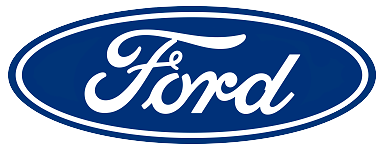
Advanced Chassis Architecture Engineer - June 2020 to June 2021
I worked in the vehicle architecture group which performed the first step in the product development cycle: generating the preliminary vehicle design from a general set of specifications (vehicle size, weight, performance targets, etc.). We ensured that the vehicle targets could be met, and aimed to minimize cost and weight while resolving any issues with packaging, assembly, or component strength to achieve an efficient overall system design. All design decisions and the reasoning behind them were thoroughly documented before passing work along to the next group who worked with the component suppliers to finalize the designs and put them into production.
Within the group I was the owner for the rear suspension springs and shocks, designing the components to adhere to all design rules while optimizing for cost, weight, and packaging space.
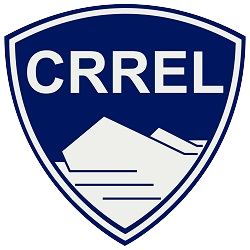
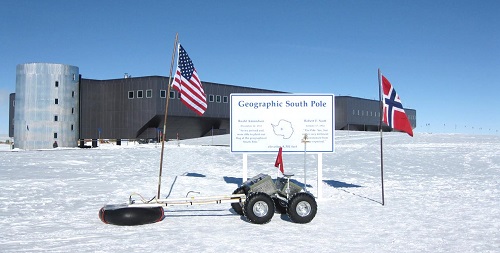
Robotics Engineering Intern - Summer 2019
I upgraded the hardware and software on a robot used for research in Antarctica (pictured above) to improve its sensing capabilities, enabling more advanced autonomous mobility to be developed. The robot’s main computer was replaced with a more powerful unit and several new sensors were added. I programmed the main computer and the peripheral devices to set up communication pathways using several different communication protocols (Modbus, TCP/IP Socket, and RS-232 Serial). The peripheral devices included wheel speed/torque sensors, radar, GPS, radio transmitters/receivers, 3-phase BLDC motor controllers, and data acquisition systems.
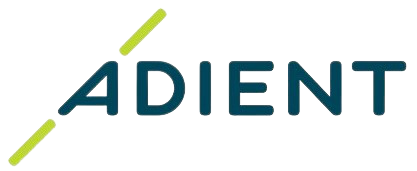
Automotive Seating Mechanical Design Intern - Summer 2018
During my internship with Adient, I was tasked with redesigning a folding headrest mechanism to increase its strength and rigidity. The original headrest design was not strong enough to meet the requirements of certain automotive OEMs, limiting the potential customers to which this headrest could be sold.
I performed destructive strength testing on the original headrest design using an Instron machine and performed root cause analysis on the failed parts to identify design weaknesses as target areas for my redesign efforts. I brainstormed ways to strengthen the mechanism and modeled the design changes in CAD, then assessed the strength/stiffness of the modified mechanism using FEA. The design changes I proposed increased the load carrying capability beyond the strictest OEM requirements while reducing the cost and weight of the mechanism, meaning the redesigned headrest could be sold to all automotive manufacturers at a competitive cost and weight.
I also performed a tolerance study to determine the maximum acceptable tolerances for each part that would ensure mechanism functionality, to aid in tolerancing the prints using GD&T.
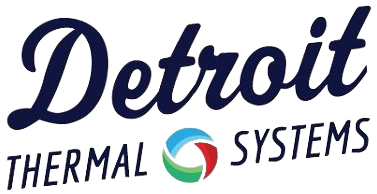
Manufacturing Process Engineering Intern - Summer 2017
I worked as a manufacturing process engineering intern in a production plant where automotive HVAC units are mass produced. I developed a standardized format for service part work instructions and updated old instructions to meet the new standard. I also conducted studies on scrapped parts to determine the root cause of the failures so the manufacturing processes could be corrected, reducing losses from scrapped parts.

Engineering Intern - Summer 2016
I worked at the Fermi II nuclear power plant as an intern in the materials engineering group. As power plants have such a long lifespan, oftentimes the parts used in the plant go out of production or the companies that supplied the parts go out of business. In case of a part failure, replacement parts need to be readily available to avoid plant downtime. My job was to find suitable replacements for obsolete supplier parts to ensure plant readiness in the event of a failure.
I also worked with several other interns to develop a training tool designed help new hires get aquainted with the plant’s unique software, operations, and facilities, speeding up the learning process.
